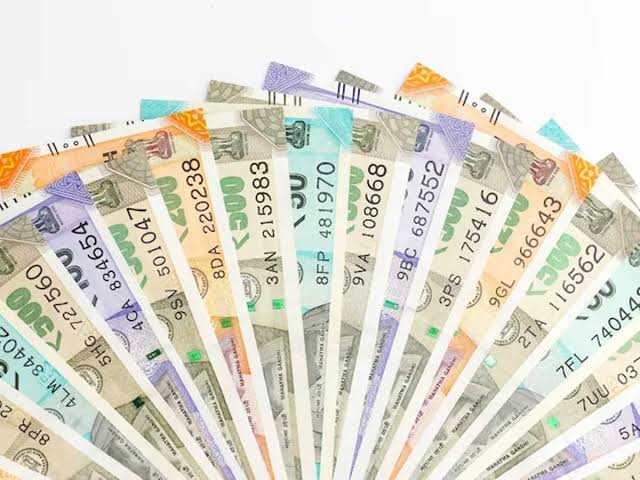The Union Cabinet has increased the Dearness Allowance (DA) and Dearness Relief (DR) of the Central government employees and pensioners by 4% under the 7th Pay Commission. The 4% hike takes the DA to 46% from 42%.
The decision comes during the ongoing festive season and is being considered as an early ‘Diwali gift’ for 48.67 lakh central government employees and 67.95 lakh pensioners. The combined impact on the exchequer on account of both Dearness Allowance and Dearness Relief would be ₹ 12,857 crore per annum.
The increase in dearness allowance is poised to take effect from July 1, 2023, with the DA rate being determined by the All India Consumer Price Index (AICPI) from January to June.
Dearness Allowance (DA) is a cost-of-living adjustment allowance provided by the government to public sector employees and pensioners. Dearness Relief (DR) is similar in nature and benefits central government pensioners.
The government routinely revises the DA/DR rate every six months to counteract the diminishing purchasing power of monthly salary and pension wealth caused by inflation.
How is DA calculated?
It is calculated as a percentage of the basic salary.
For Central Government employees: Dearness Allowance percent = ((Average of AICPI (Base Year 2001=100) for the past 12 months -115.76)/115.76) *100
AICPI stands for All India Consumer Price Index.
For public sector (central government) employees, this formula is used:
Dearness Allowance percent = ((Average of AICPI (Base Year 2016=100) for the past 3 months -126.33)/126.33) *100
Taxability
DA paid to employees is fully taxable with salary. The Income Tax Act mandates that tax liability for DA and salary must be declared in the filed return.



